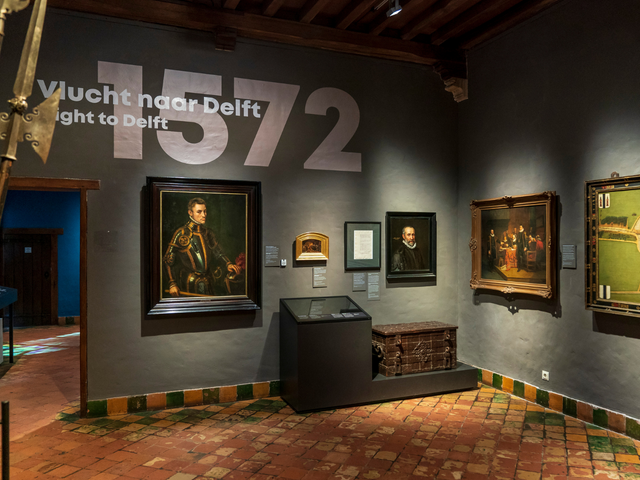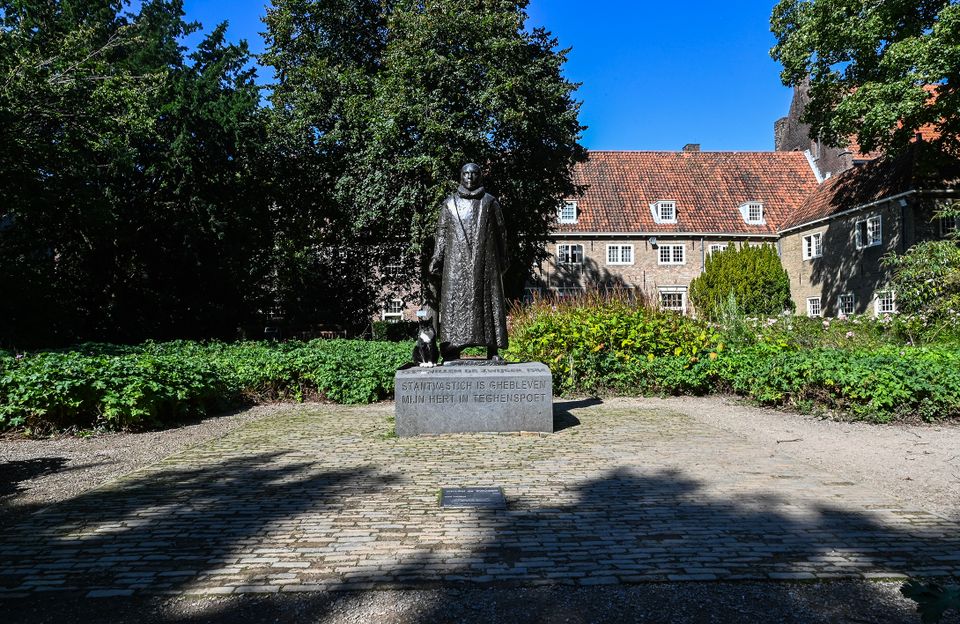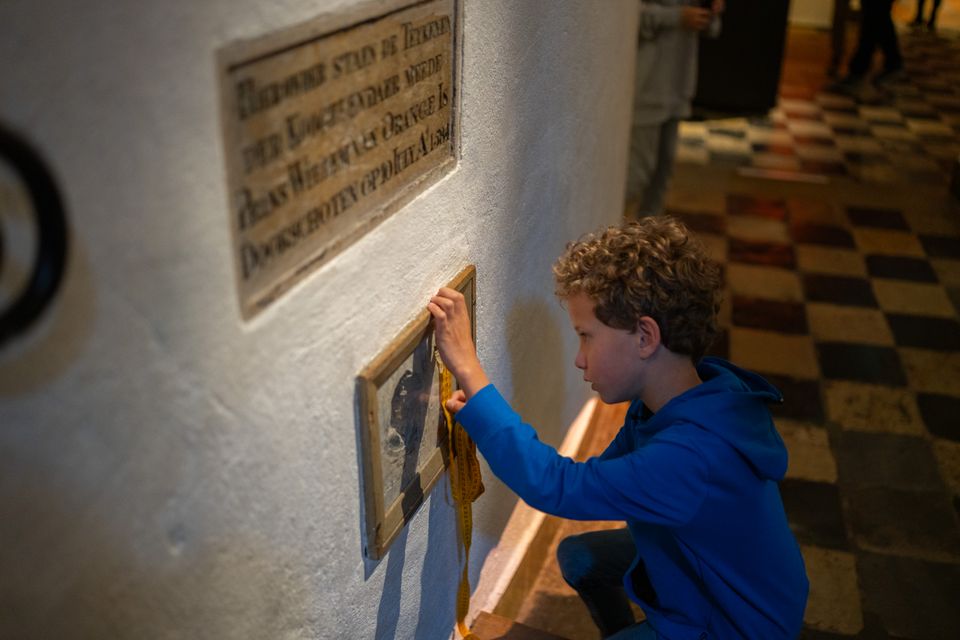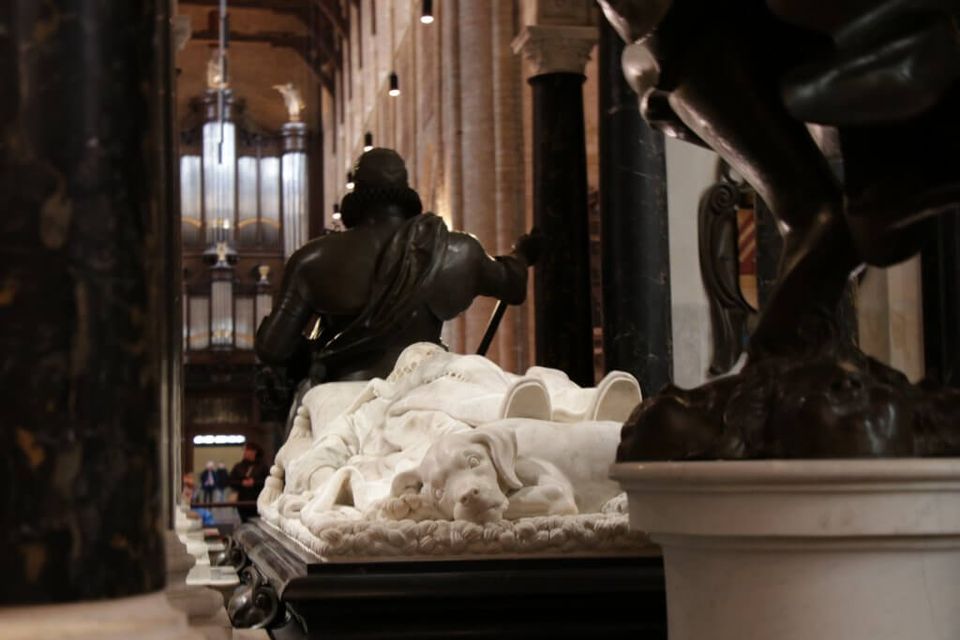William the Silent is not just ‘the Father of the Nation’, he was also an important figure for Delft. William moved into the Saint Agatha convent in Delft in 1572. Read more about his eventful life and his special connection with Delft...
Going back in time - to 1533
William the Silent was born in the German town of Dillenburg in 1533. When he was just 11 years old, he inherited the French Principality of Orange and important possessions in Holland from a cousin. However, the emperor Charles V granted William the inheritance on two conditions: the Protestant-born William had to be brought up at the court in Brussels and convert to the Catholic faith. Considering the strategic importance of the inheritance, William and his parents agreed.
William began his career in the service of the Holy Roman Emperor Charles V and quickly showed his capacities. His attitude to life embodied his optimism and eloquence, and thanks to his diplomatic skills he always kept his cards close to his chest.

Eighty Years' War
The rising conflicts between the Netherlands and Charles’ successor, King Philip II of Spain, resulted in the Eighty Years’ War. William successfully rallied the Dutch against the Spaniards, ultimately leading to the independence of the Dutch Republic, which included the Protestant-dominated northern part of the Habsburg Netherlands. The treaty settling this was the foundation of the Dutch unified parliamentary state and the principles the Dutch are so proud of: freedom of religion and speech.
The assassination
In 1572, William the Silent moved into the Saint Agatha convent, later renamed Prinsenhof (the current Museum Prinsenhof Delft). William chose to settle in Delft as it was one of Holland’s most easily defended cities.
But then, in 1580, Philip II offered a reward to anyone who managed to kill William, leading to a number of failed assassination attempts, until 10 July 1584. On this day, William was having lunch in the Prinsenhof with the mayor of the Frisian capital, Leeuwarden. After lunch, William was about to go upstairs to his bedroom/study when the Frenchman Balthasar Gerards fired his fatal shots. William’s final words, spoken in French, were: “My Lord, my Lord, take pity on me and this poor nation.” You can still see the two bullet holes and a reconstruction of the assassination in Museum Prinsenhof Delft.
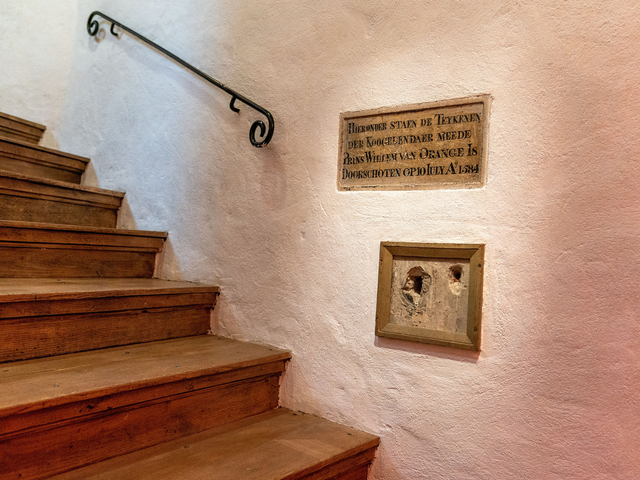
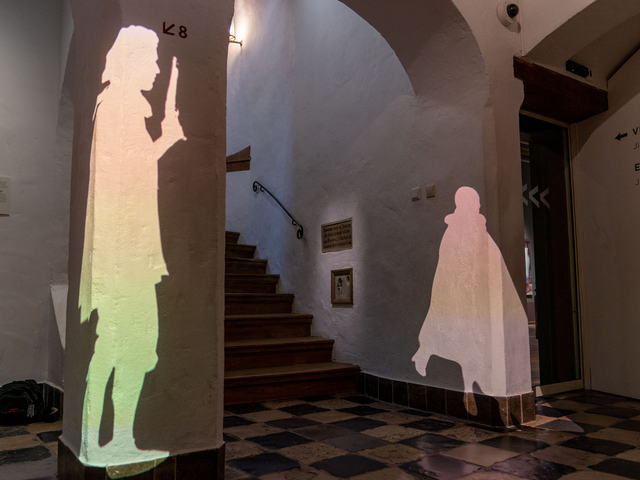
Balthasar Gerards
The night before killing William the Silent, Balthasar Gerards stayed at an inn in Delft. This inn is now home to a bakery called ‘De Diamanten Ring’, which sells delicious bread, rolls and other delicacies (highly recommended!). On the 10th of July 1584, the day in question, Balthasar left the inn in the early hours of the morning, carrying his two primed pistols, with the intent to kill William the Silent. The story goes that the room he stayed in is behind the first-floor window, above the shop, and can be seen from the street.
The French murderer was soon caught and imprisoned. Anyone who committed a crime in Delft during these times was likely to be locked up in the city’s prison, Het Steen, which was part of the 16th-century City Hall. That was what happened to Balthasar Gerards – he was locked up, tortured, and sentenced to death.
Shudder and shiver during an exciting tour through the city prison. You can even see some of the original torture devices!
Pieter van Foreest
In 1558, Pieter van Foreest was appointed the city’s physician and he even became William the Silent's personal doctor. When William was killed, Pieter van Foreest and his colleague Cornelis Busennius performed the autopsy and embalming. In Delft, you can still see several buildings where Pieter van Foreest lived and worked.
Mausoleum
William the Silent was interred in the Nieuwe Kerk. At some point, the city decided that the initial modest grave didn’t do justice to William’s achievements, and so they commissioned the Amsterdam architect and sculptor Hendrick de Keyser to create a new mausoleum in 1614. This imposing mausoleum still stands proudly in the Nieuwe Kerk.

Museum Prinsenhof Delft
Would you like to know more about the life and times of William the Silent? Make sure to visit Museum Prinsenhof Delft where you can learn all about his life, his horrific death, and his legacy.

